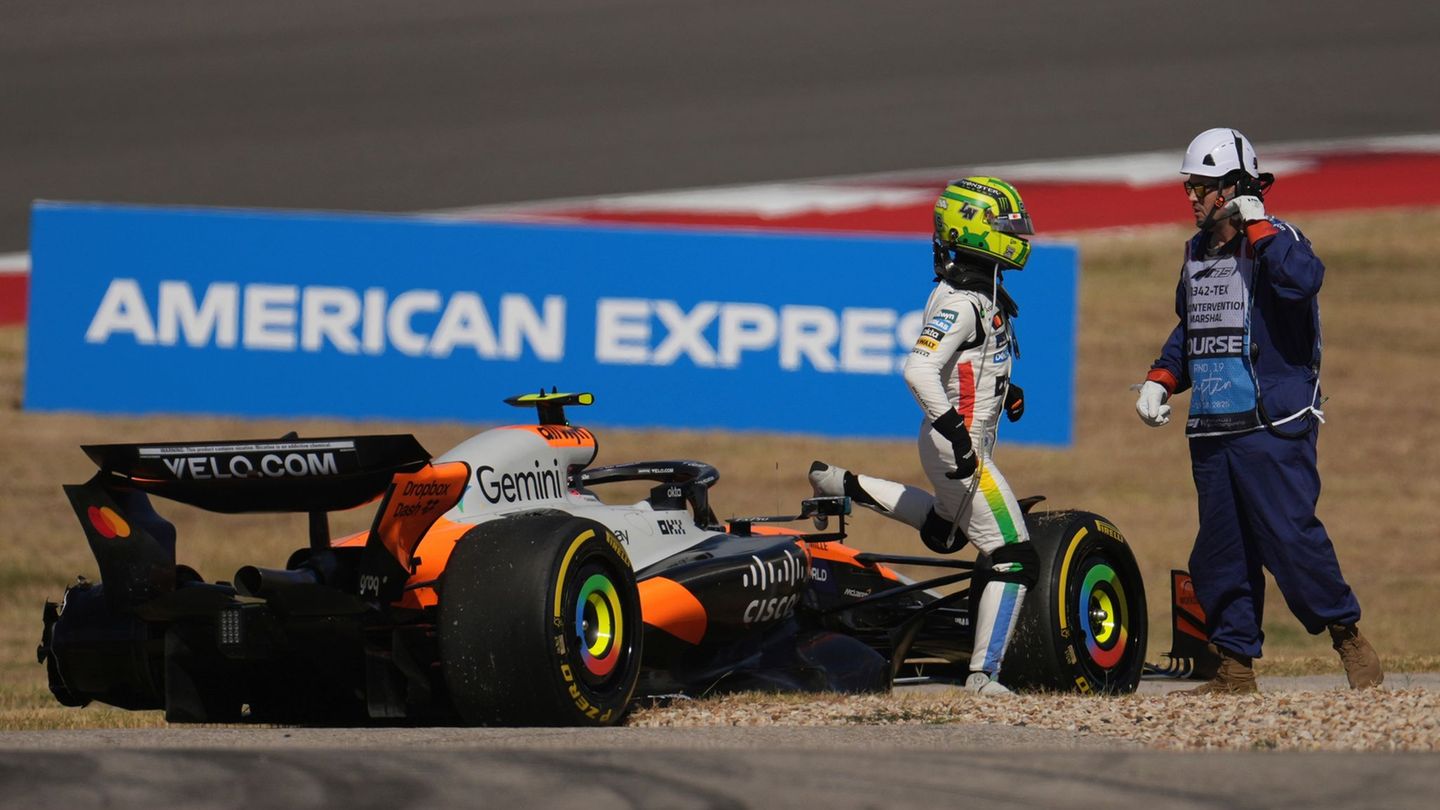Harald Peham has been involved in the cycling lobby for years, has worked for the VP in the Steyr municipal council since autumn and is chairman of the transport and mobility committee there. In an interview he talks about the expansion of the cycle network, problem areas and a lack of political will.
Steyrer Zeitung: On my tour through Germany, Switzerland and France, the abundance of cycle paths in cities of all sizes was striking. Why is this not the case in Steyr?
Harold Peham: A rationale as an explanation but not as an excuse is that topographically we have very difficult terrain. Because of the e-bikes, however, we now have the obligation and opportunity to connect with the cycling culture of other countries and to integrate cycling into everyday traffic.
Where does Steyr need to act quickly? Is there a concept?
We have designated and signposted cycle routes through the city. We see our first task in making these routes roadworthy. There are sub-areas where access by the weakest, i.e. children, young people and seniors, is not possible.
Is there a plan to cover the entire urban area with cycle paths, as has long been the case in many cities in Germany? In view of climate protection, this would be overdue.
I would be very much in favor of integrating the bike into our mobility behavior. Steyr is currently working more selectively. But it would be time to commit to connecting the districts consistently and also connecting social institutions and large companies to the cycle network.
Steyr does something selectively, usually a lot of money. Aren’t there simpler options than building expensive cycle paths without the appropriate connection?
That’s right. We afford cycle paths that often end or begin in nowhere (note: for example on the Holzbergweg). They only make sense if they are integrated into the overall network and if you think through the journey from the user’s point of view.
Would bike lanes on the normal road be a solution? Steyr doesn’t even have this yet.
Cycle lanes are certainly a solution because they quickly bring about an improvement at low cost and raise awareness of the issue of cycling.
Will there be more 30 zones in the city in the future?
In the 30 zones, we want to allow cycling to flow with traffic. The consequence of this is that structurally separate bicycle lanes are to be provided in areas of 50, be it on the street itself or in reasonable side lanes. We want to achieve a clear demarcation of the 30 zones by defining which of our thoroughfares in Steyr are where speeds of 50 km/h remain permitted. There are already stipulations for this in previous traffic concepts, but these have never been consistently implemented in recent years.
to the city pool, highly frequented by children and young people, there is still no cycle path.
You have to know how to get to the Stadtbad. There is this traffic solution to drive the last few meters through the settlement. Of course, this is only for insiders. Unfortunately, the Haratzmüllerstraße as a state road is not in our area of competence, the width of the road would certainly make it possible for cyclists to do something.
However, the mentioned insider route through Schroffgasse to the bath is not marked.
I would have said it’s labeled (note: it’s not), but it’s probably only a second-best solution.
There is a bike path to the BMW factory, further towards Haidershofen he is missing again.
Haagerstrasse would be suitable in terms of width. The sidewalk is a bit wider, not yet big enough for a combined footpath and cycle path, but with a little will you could make this area suitable for cycling, as well as Wolfernstrasse.
The regulations may be different in neighboring countries. Cycle paths are sometimes significantly narrower than here. Are we over-regulated in Austria?
It doesn’t always help us when the regulations prescribe a very good degree of expansion, because it restricts the actor. This applies specifically to liability issues. For us today it’s more about finding good compromises. What the RVS (note: guidelines and regulations for the road system) prescribes is a bit too excessive and causes extremely high costs, which we usually do not accommodate in the short-term budget.
Is there a schedule for a fully developed cycle network through Steyr?
I have set myself the goal of achieving noticeable improvements in this legislative period and making Steyr known for cycling throughout Austria. At the moment, the political will of the majority is still missing.
However, this goal would mean To radically redesign Steyr and cover it with cycle paths.
That means, on the one hand, making the decision that we will promote the bicycle as a means of everyday transport. Everyone sees it through their own glasses, but we have done a lot for car traffic over the past decades, now it is time to follow suit with bicycle traffic and to achieve a fair distribution of road space. That would be much more communicative and we would also have done social good.
What are the city’s priorities in expanding the cycle path network?
To make already marked cycle routes suitable for cycling as quickly as possible, to eliminate obvious danger spots accordingly. Nothing is impossible is my motto. And then to tackle the networking of the districts.
Does cycling lobbyist Peham want traffic committee chairman Peham to speed up the expansion of cycle paths?
The cycling lobbyist Harald Peham would like to see a faster change in awareness in the Steyr Transport Committee.
Source: Nachrichten




